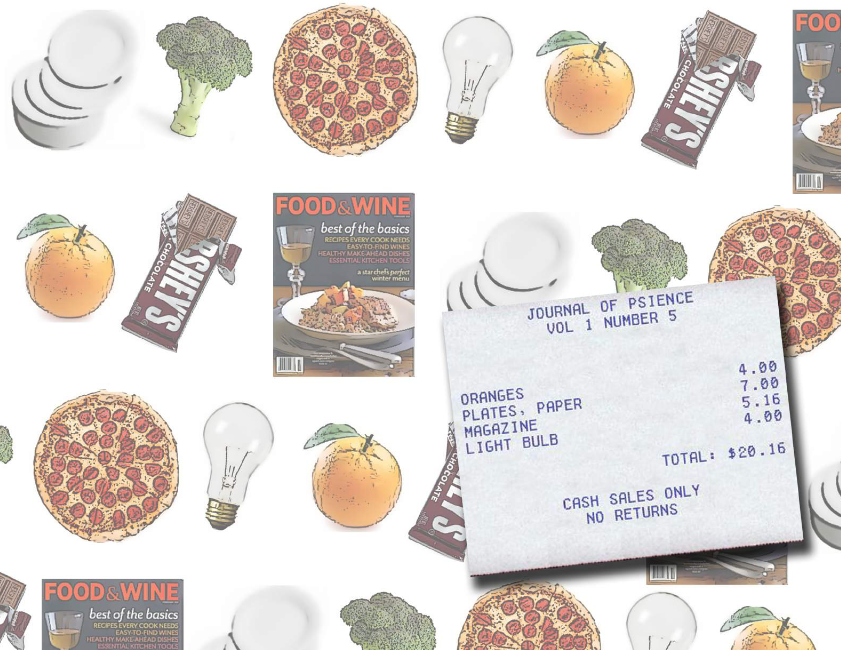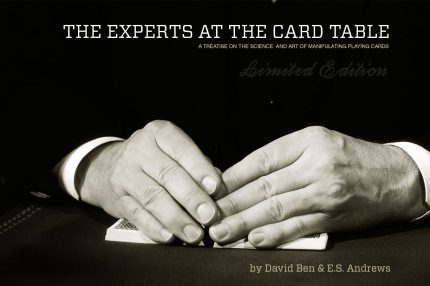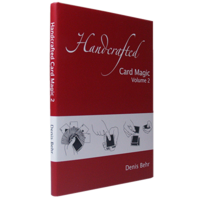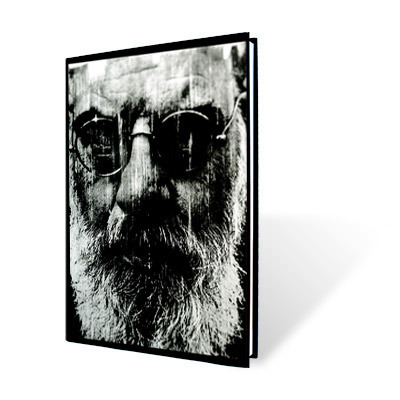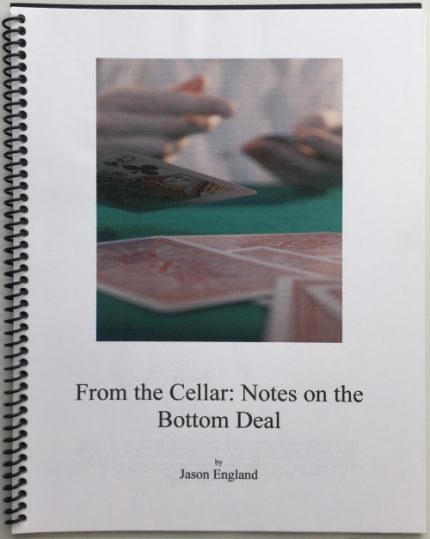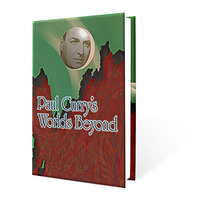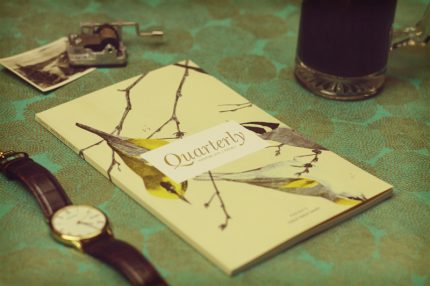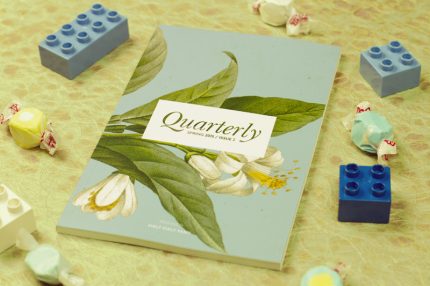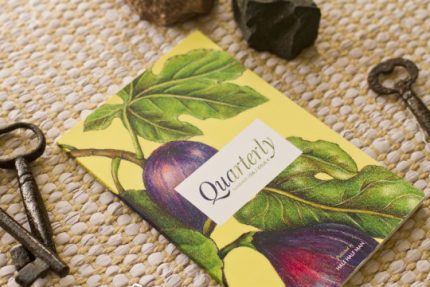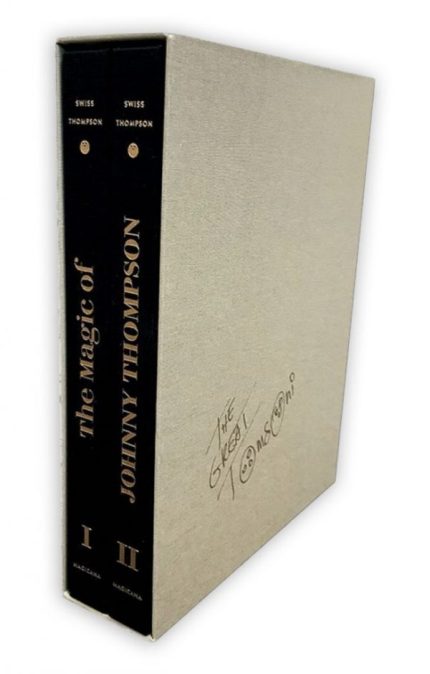Witness the secrets of mind reading unveiled! “The Journal of Psience” (Vol 1, Issue 5) by Michael Weber offers astonishing effects using everyday receipts. Discover lasting wonder and amaze your audience. Shop now!
Product information
Unlock the Secrets of Psience with Michael Weber’s Journal (Vol 1 – Issue 5)
Are you on a quest for maximum impact with minimal investment? In a world flooded with fleeting “quick fixes,” it’s time to discover what truly lasts. The Journal of Psience by Michael Weber offers timeless insights and techniques that deliver lifelong value.
This issue focuses on the incidental wonder—a concept that transforms everyday objects into extraordinary tools. Dive into a foundational mind-reading effect and an optional add-on, both centered around the humble cash register receipt. With over 20 years of development, this approach introduces a new, robust structure that allows you to describe and accurately name a thought-of object.
Why Choose This Issue?
- Proven Techniques: Built on decades of research and refinement.
- Everyday Objects: No need for expensive props—just common items you already have.
- Lasting Impact: Methods that stand the test of time, offering real value.
Ready to elevate your performance? The Journal of Psience is your gateway to mastering the art of psience. Happy exploring!
Performers are on a constant search for value. What is the maximum impact possible for the most reasonable amount of total investment? There are many effects that offer a lifelong return, but the time and money required to achieve them make them cost prohibitive.
The current marketplace is brimming with cheap and easy “quick fix” effects or methods but the performance value is usually insubstantial, fleeting or both. So what’s worth it? What lasts?
One time-tested source of value is the incidental wonder. A demonstration relying on everyday objects, and as few of them as is possible, is a good place to start. This issue’s offerings are a foundational mind reading effect and an optional supplementary add-on which both use the most common of everyday objects: the cash register receipt.
While we have developed material around this object for more than 20 years, we feel that this particular approach offers a new, stronger, underlying structure which allows you to describe the characteristics of a thought-of object, and conclude by correctly naming the actual object.
Happy Shopping.
Duis Congue Vestrum Fac


